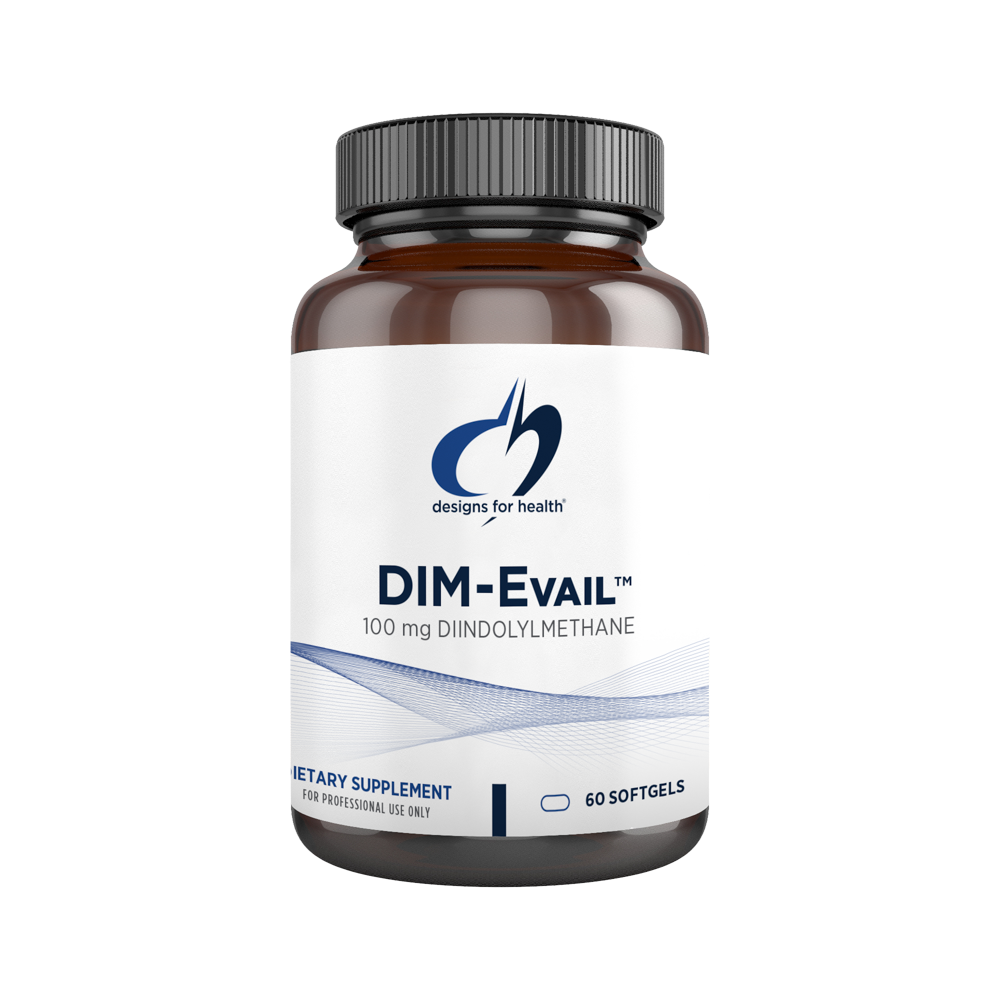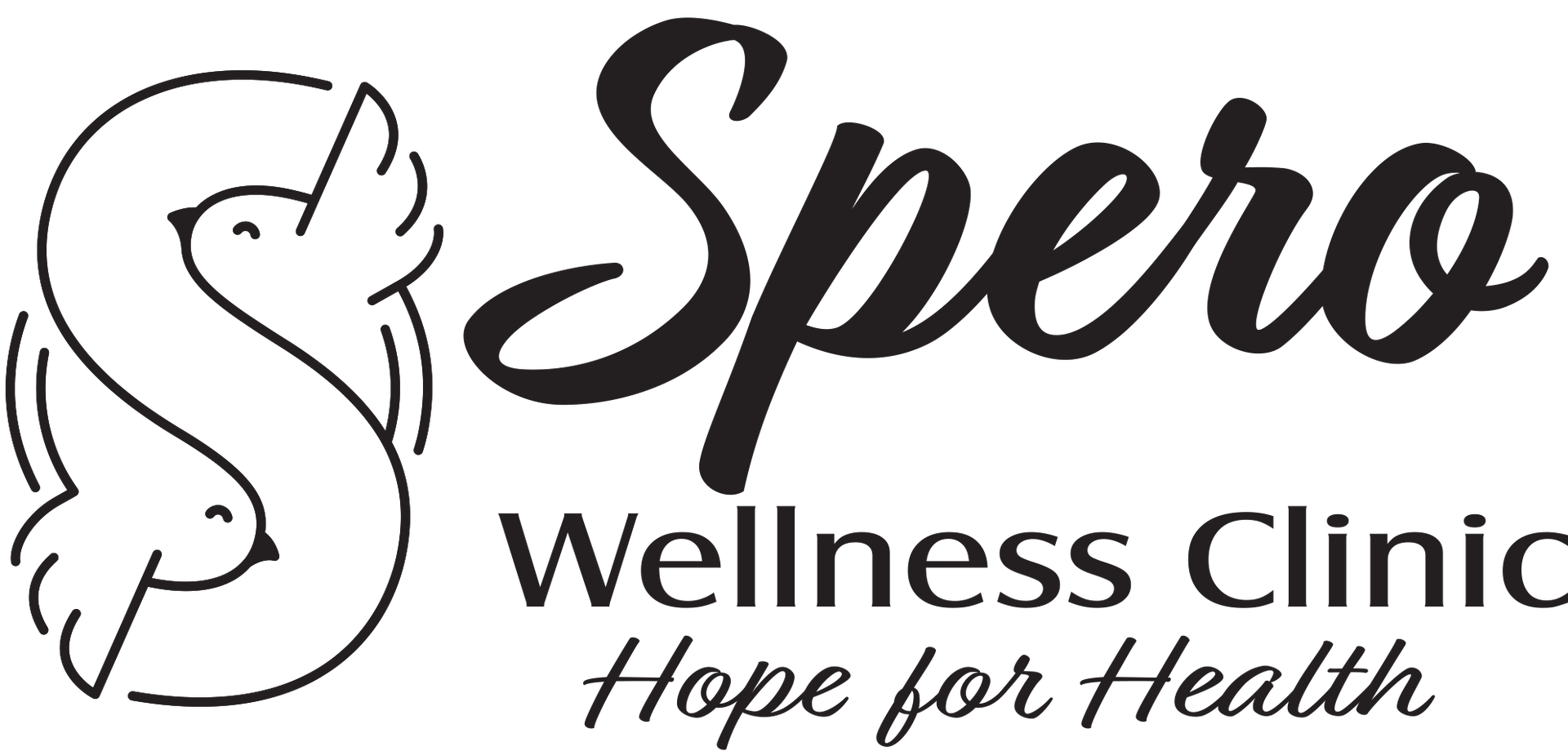Vitamin D: Are you deficient?
Over 42% of Americans lack the vitamin D they need, and the risk is even higher for folks living in the Midwest. People living at latitudes higher than the 37th parallel cannot get adequate amounts of UVB from the sun during winter months, which for us in Wisconsin is technically between September and March. This is because during that time, the angle of the sun is too low to help our skin make vitamin D.
Thus starting in September vitamin D levels naturally begin to fall. This has many consequences, especially if stores of vitamin D from the summer were suboptimal. Normal range of vitamin D is 30-100, but optimal ranges are likely 60-80).

As the days get shorter, some people may start to experience Seasonal Effective Disorder, or SAD, which is at least partly due to Vitamin D deficiency. Being affected by a darker mood or even depression in the winter months doesn't mean you're weak, it just means you body may not have the nutrients it needs. If you or someone you know struggle with low mood over the winter months, please consider checking a Vitamin D level and supplementing to get to the optimal range..
But beyond mood changes, did you know that you can improve your body's ability to fight off sickness when you have optimal amounts of Vitamin D? Or that if you do happen to get sick that having optimal levels of Vitamin D can help you lessen the symptoms? In fact, a recent study has shown that 80% of people who have had to go to the hospital with COVID were deficient in Vitamin D. For an excellent review article on this subject, read Evidence Regarding Vitamin D and Risk of COVID-19 and Its Severity.
Beyond helping with seasonal affective disorder and boosting immunity, having the right levels of Vitamin D also correlates with:
- Lowering inflammation;
- Decreasing risk for type 2 diabetes by 55%;
- Regulating auto-immune disease;
- Healthier bones (vitamin D and vitamin K2 help the bones absorb calcium).
The roll of Vitamin D in our body is critical for many processes. Yet too many Americans don't realize their health concerns or mental health issues could be simply the result of a lack of this incredibly important vitamin. Vitamin D is assisted by vitamin K2 (which directs the calcium-vitamin D complexes to the bones, rather than to soft tissue, kidney stones, arteries, etc). That is why we always recommend supplementing with a D3/K2 combination product.
We believe that testing and supplementing vitamin D, especially going into the winter, is a very important step to improving health on many levels. Therefore, to make this more accessible, we are running a OPTIMAL D special. Until October 31 2021 you can get your Vitamin D levels tested for just $47 which will cover the cost of both the test and the draw fee (regular total price is $72). That's ~33% off! Plus you'll get 20% off Vitamin D3/K2 when ordered before January 2022.
Book your lab test appointment with our staff by October 31, 2021 to get this offer. Please mention OPTIMAL D to redeem the sale price for the lab test, and also your choice of Vitamin D3/K2 supplements (limited to 3 bottles/containers per customer; ok to mix and match if preferred).




